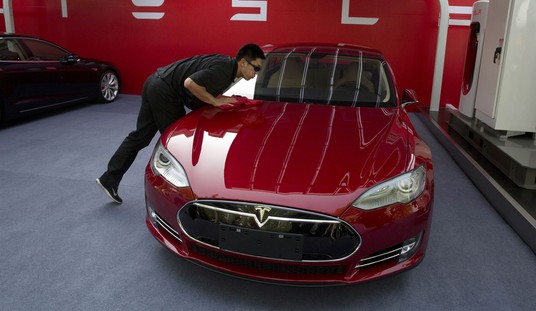What vaccination stall, readers might ask? It’s been very apparent here in Minnesota, where appointment availability in participating pharmacies dried up early last week before the worst of the storm hit, and have yet to materialize almost a week after it passed. I’ve mentioned it on Twitter the last few days; the only participating pharmacy still scheduling vaccinations is mainly-rural ThriftyWhite.
The media, however, has seemed curiously incurious about the lack of supply. Today the Washington Post finally reports that “logistical” problems kept pharmacies and states from getting their planned distributions, and that might continue into next week:
Major pharmacy chains around the United States are supposed to be getting direct shipments of vaccine doses — one way the Biden administration is hoping to speed the immunization effort.
But winter weather, manufacturing delays and logistical problems have lately hampered the initiative, forcing some pharmacies to reschedule appointments or scramble to distribute vaccines they weren’t prepared for.
The administration says “very, very few” vaccine doses were distributed through the direct-to-pharmacy program last week.
That’s according to a spokeswoman for the Department of Health and Human Services, who pointed to an announcement by vaccine maker Moderna that some of its shipments were being delayed because of some hiccups in the final stages of production.
The hiccups are understandable — to a point. The polar-vortex-ish weather that descended two weeks ago would have made shipping unreliable … in some areas of the country, especially Texas. Manufacturers will experience momentary stoppages at times. Distribution channels will fumble occasionally, too.
However. A stall of this magnitude and length across the board is certainly odd, or at least noteworthy. And yet, no major media outlets seemed at all curious about it, not even when their own data should have led them to question the situation. For instance, the Star Tribune’s data on daily vaccinations in Minnesota show a decline in daily additions to the ranks of the vaccinated that stretches back a month — even while the state expanded the program to pharmacy chains:
That decline in the rate of vaccinations began before the storm, which never seriously impacted the roads in Minnesota, and has continued after it. It’s not that the demand has decreased either, but that the availability of appointments has evaporated. Even today, the only pharmacy chain making appointments at all is ThriftyWhite, and most of that appears to be next week and further out, contingent on getting supplies.
It’s tough to look at this data and the lack of media curiosity and conclude anything other than these outlets have little interest in reporting on poor performance from the Biden administration. Joe Biden himself keeps insisting that we didn’t have vaccines or a plan before he got into office, but at least here in Minnesota, the delivery rate of vaccinations was peaking as Biden came into office and seems to be declining ever since, weather or no. Maybe a media outlet will dig into this a little more deeply than regurgitating press releases about “logistical” issues … now that we know the issue exists.
Update: My pal Jim Geraghty wrote about this issue from a different angle. Vaccines are getting distributed to the states, according to the data, regardless of weather issues. So why are vaccination rates declining?
Ugh. Yesterday I noted that the percentage of distributed vaccinations had declined from 83.9 percent on Monday to 75 percent Thursday, and the number of in-transit or unused doses increased from about 12.2 million doses Monday to 22.2 million doses Thursday.
This morning, the numbers are even worse. The percentage of administered doses is down to 74 percent, and the number of in-transit or unused doses is now up to 23.3 million doses.
As the mid February winter storms recede in our collective rearview mirror, “bad weather” makes less sense as an explanation for the building backlog. Pfizer and Moderna seem to have overcome weather-related issues to get the doses distributed to the states. So why is it so much harder to get the distributed doses administered?
Are we sure it’s just weather issues?









Join the conversation as a VIP Member